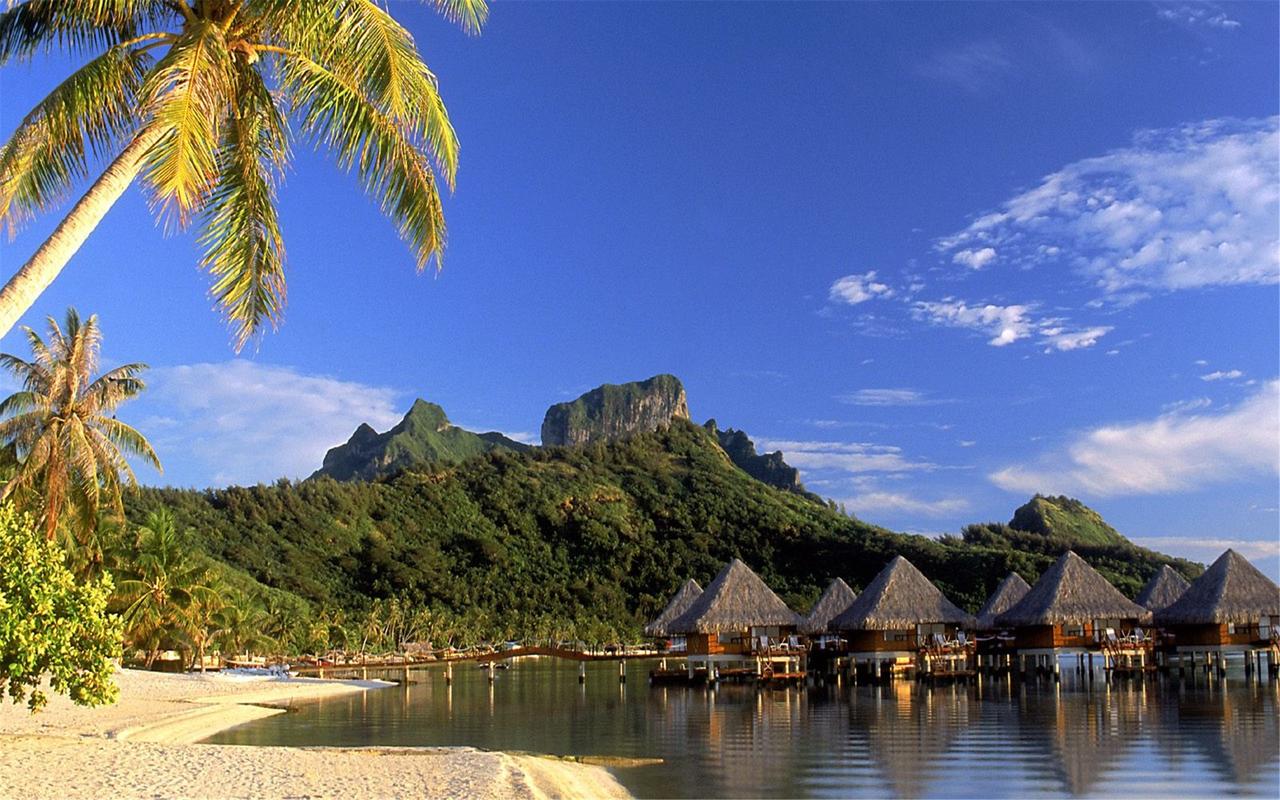Discovering the Sweet Side of Latin America: Exploring the Cultura Chocolate
Latin America is known for its vibrant culture and rich history, which extends beyond its music and cuisine. One of the hidden gems of Latin America is its love and passion for chocolate. The region has a long-standing relationship with chocolate and is home to some of the world’s best chocolatiers. In this article, we’ll explore the cultura chocolate, its origins, and its significance in Latin American culture.
The Origins of Chocolate in Latin America
Chocolate has been consumed in Latin America for over 2,000 years. The Mesoamerican civilizations, such as the Mayans and Aztecs, were the first to cultivate the cocoa bean and develop a complex system for processing and consuming chocolate. They believed cocoa had therapeutic properties and used it in religious ceremonies and as currency.
When the Spanish arrived in Latin America in the 16th century, they brought cocoa beans back to Europe and developed the first chocolate beverage by adding sugar and milk. Chocolate became a luxury product and a status symbol in Europe. The demand for chocolate led to the expansion of cocoa production in Latin America, particularly in countries such as Mexico, Venezuela, and Colombia.
The Significance of Chocolate in Latin American Culture
Chocolate is an integral part of Latin American culture. It is associated with celebrations, festivals, and religious ceremonies. In Mexico, for example, chocolate is an essential ingredient in mole sauce, a traditional dish served during celebrations such as Dia de los Muertos (Day of the Dead). In Venezuela, chocolate is a key ingredient in the national dish, hallacas, which is eaten during Christmas.
Chocolate also has a social significance in Latin America. In Brazil and Peru, for instance, women who make chocolate are highly respected artisans and leaders in their communities. They pass on their knowledge and expertise to younger generations, ensuring that the tradition of making chocolate is preserved.
The Future of Chocolate in Latin America
The globalization of chocolate has led to an increased demand for Latin American cocoa. However, the industry also faces challenges such as environmental degradation, low wages, and limited access to technology. To address these issues, several initiatives, such as fair trade, have been created. These initiatives aim to provide fair wages and working conditions for cocoa farmers and promote sustainable production.
The future of chocolate in Latin America looks promising, with more emphasis on artisanal production and preserving traditional methods. The region’s unique climate and geography provide an ideal environment for growing high-quality cocoa beans, making it a crucial player in the global chocolate industry.
Conclusion
Chocolate is more than just a sweet treat; it’s a cultural symbol that represents Latin America’s rich history, traditions, and values. From its origins in Mesoamerican civilization to its prevalence in modern-day celebrations, chocolate has become an integral part of Latin American culture. With increased global demand, the chocolate industry in Latin America faces new challenges that require sustainable practices and fair treatment of those who cultivate cocoa. Nonetheless, the future looks bright for this beloved cultural icon.
(Note: Do you have knowledge or insights to share? Unlock new opportunities and expand your reach by joining our authors team. Click Registration to join us and share your expertise with our readers.)
Speech tips:
Please note that any statements involving politics will not be approved.
